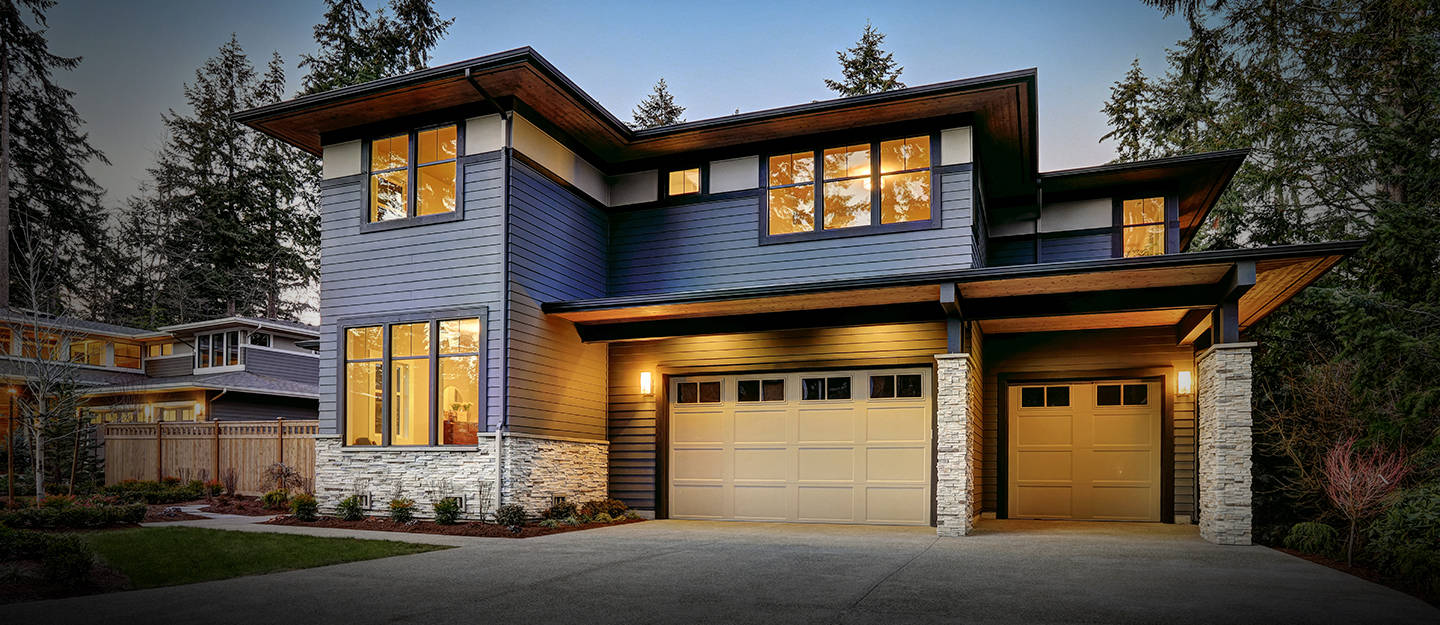In the world of construction, materials are not just the building blocks of structures, but they are the foundation of innovation, sustainability, and design. The uses of construction materials extend far beyond their traditional roles, shaping the future of architecture, engineering, and urban planning. This article delves into the multifaceted uses of construction materials, highlighting their importance in various sectors and their potential in shaping a sustainable future.
- Construction and Infrastructure
The primary use of construction materials, such as concrete, steel, wood, and bricks, is in the construction of buildings and infrastructure. These materials provide the structural integrity necessary to withstand various environmental conditions and loads. Innovations in construction materials, such as self-healing concrete and transparent wood, are revolutionizing the industry, offering enhanced durability, sustainability, and aesthetic appeal.
- Energy Efficiency
Construction materials play a crucial role in energy efficiency. Insulation materials, like mineral wool or polystyrene, reduce heat transfer, thereby lowering energy consumption for heating or cooling. Similarly, materials with high thermal mass, such as concrete or brick, can store and release heat, contributing to passive solar design and reducing energy needs.
- Acoustics
Acoustic properties are a significant consideration in the selection of construction materials, especially in the design of concert halls, theaters, and residential buildings. Materials like cork and acoustic plaster are used to absorb sound and prevent echo, while others, like glass and concrete, are used to reflect and direct sound.
- Aesthetics and Design
The aesthetic appeal of construction materials significantly influences architectural design. Materials like glass, steel, and wood offer different textures, colors, and finishes, enabling architects to create unique and visually appealing designs. Moreover, the use of recycled and unconventional materials, like shipping containers or bamboo, is gaining popularity, offering a unique aesthetic while promoting sustainability.
- Sustainability and Environment
The construction industry is a major contributor to global carbon emissions. Hence, the use of sustainable construction materials is crucial. Materials like recycled concrete, bamboo, and hempcrete offer lower carbon footprints. Moreover, innovations like photovoltaic glass, which can generate electricity, and smog-eating concrete, which can reduce air pollution, are paving the way for a sustainable future.
- Health and Well-being
The choice of construction materials can significantly impact indoor air quality and, consequently, human health. Materials that emit low or no volatile organic compounds (VOCs), like natural wood or low-VOC paints, are preferred for indoor applications. Moreover, biophilic design, which incorporates natural elements into built environments, is gaining traction, promoting well-being and productivity.
In conclusion, the uses of construction materials extend far beyond their structural roles. They are at the forefront of innovation, sustainability, and design, shaping the future of the built environment. As the construction industry continues to evolve, the exploration and application of new materials and technologies will undoubtedly continue to redefine the boundaries of what is possible.



